- 📉 Case-Shiller Index shows home prices rose just 1.7% annually in July—below 2.7% inflation.
- 🏙️ Previously booming markets like Miami and Phoenix are now experiencing price declines.
- 💸 Real home equity shrank for the third straight month amid surging inflation.
- 💼 High-income buyers remain active, while affordability worsens for middle-income buyers.
- 📦 Tight inventory is still preventing broader price crashes despite slowing demand.
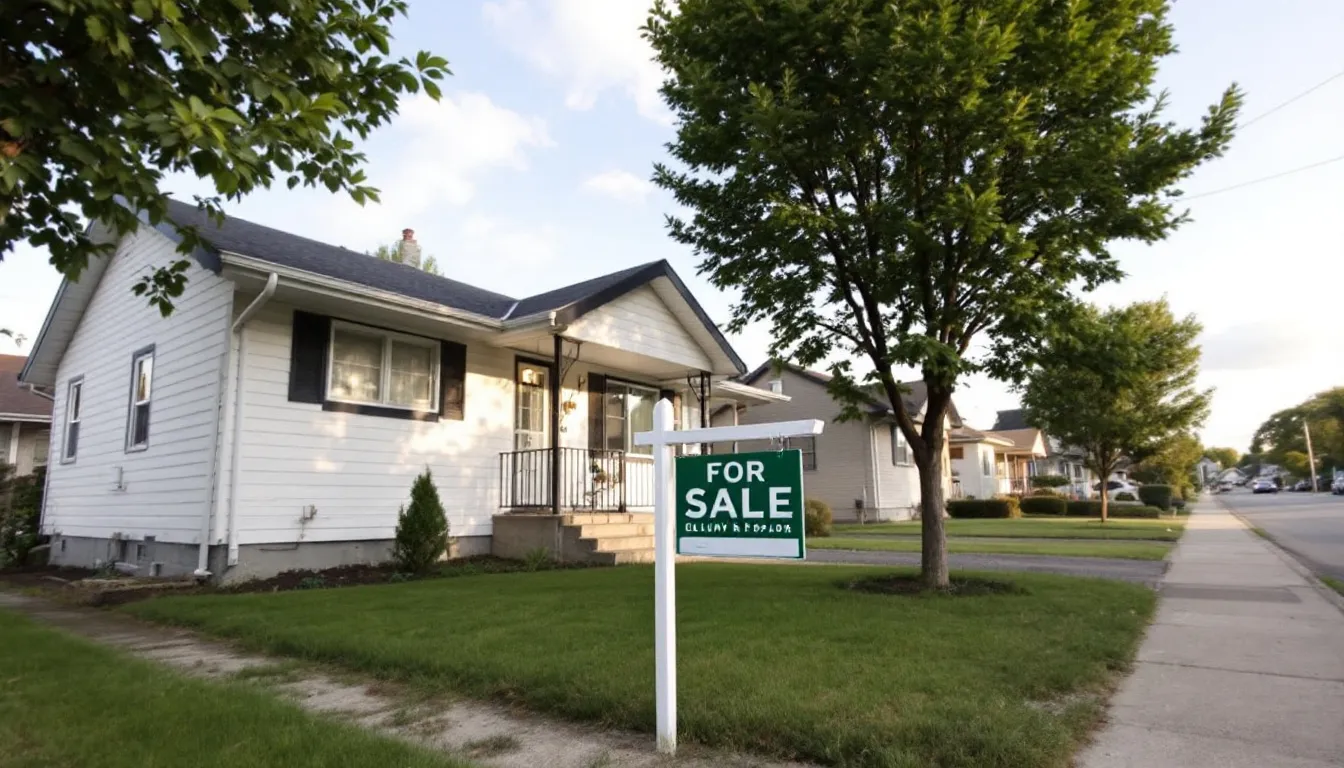
Home Prices Are Still Rising—Just a Lot Slower
U.S. home prices rose just 1.7% year-over-year in July 2024. The S&P CoreLogic Case-Shiller Index shows this. This growth is positive, but it is much slower than in recent years. It also lags behind the 2.7% inflation rate. This means many homeowners have lost buying power in real terms. This trend shows the housing market is becoming steady after its quick boom during the COVID-19 pandemic. Buyers and sellers alike need to adjust what they expect and their plans for a calmer housing market.
Case-Shiller Index Hits a Two-Year Low
The S&P CoreLogic Case-Shiller Index is one of the most trusted ways to measure U.S. home prices. It showed a year-over-year increase of just 1.7% in July 2024. This low point is the slowest price rise in over two years. And it reverses the strong, inflation-proof path the market was on from 2020-2022.
The index went up 1.9% in June. Then, the drop in July shows the market is getting softer. The rate of inflation is higher than how much prices go up. So, the real value of homes is going down. Nicholas Godec of S&P Dow Jones Indices said:
“U.S. home values have mostly stayed flat after inflation… the market saw a small dip and then got better within a year.”
This is a big change. Only two years ago, many homeowners saw their property values grow faster than other investments. Now, those price increases are stopping, or even going down. This means fewer chances to build money through home equity.

The Housing Market Cools After the Pandemic Boom
The housing craze of 2021–2022 had very low interest rates, work-from-home options, and not many homes for sale. These things pushed home prices up at record speeds. Many areas saw annual increases of 10% or more. But the market started to cool in late 2023, then it picked up a little early in 2024.
Now, that pick-up has slowed down. The housing market is no longer in a high-growth period. Instead, it is in what Godec calls a "bumpy, flat time." This means prices will move up and down in the short term, with small price increases followed by drops. But there will be no big boom or bust.
Many things are causing this new situation:
- Mortgage rates are still high enough to make buyers less eager.
- In many city areas, homes have become too expensive for most people.
- The number of homes for sale is only slowly getting back to normal. This keeps prices from falling much, even with lower demand.
In this new time, planning is more important than fast growth. Buyers and sellers need to look again at their timelines, target prices, and how they use their buying power.

City Spotlights: Leaders and Laggards in Price Growth
The national average tells only part of the story. Real estate is still very local. Today's market situation is splitting city areas into different groups of growth and decline.
The Case-Shiller Index shows these cities had the biggest price increases for July:
- New York: +6.4%
- Chicago: +6.2%
- Cleveland: +4.5%
These cities were often seen as "slow and steady" markets before. Now, they are doing better. Their gains come from home prices that people can still afford, steady job rates, and new interest from both investors and people moving there.
But, pandemic hotspots are cooling quickly:
- Tampa: -2.8%
- San Francisco: -1.92%
- Miami: -1.3%
- And Dallas, Phoenix, San Diego, and Denver also saw prices go down.
This change shows how much housing trends have shifted since 2020. Cities that once could not build homes fast enough to meet buyers are now seeing homes sit longer. More price cuts are also being posted.
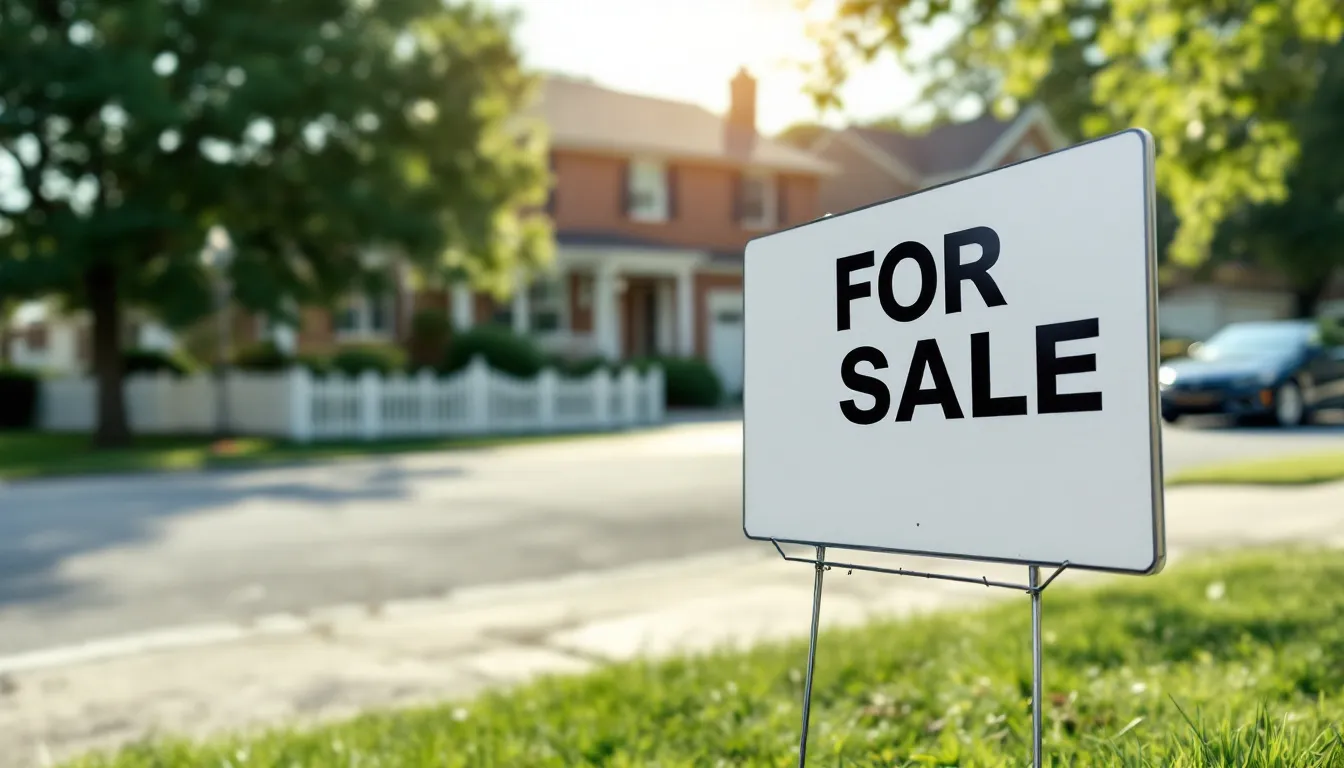
Regional Reversals: The "Winners" Flip
During the housing boom, cities like Phoenix, Dallas, and Miami showed huge price growth. Many people moved to these areas because of work-from-home options, warm weather, and good lifestyles. These things became more wanted during the pandemic. But in 2025, these same markets are seeing prices go down.
On the other hand, cities like Chicago and Cleveland, which were always affordable and steady, are now leading in growth. What used to be a problem—small growth, slow markets—is now a good thing.
“This is almost a complete flip of who won and lost during the pandemic.” – Godec
This change shows bigger trends happening:
- Buyers want more affordable homes.
- Local economies with steady job areas give a strong housing base.
- Investors are looking more at long-term value than fast, risky gains.
This shift in location shows good chances in less-known cities. More expensive city areas are having trouble finding balance as economic and social conditions change.

Real Equity Shrinks: What It Means for Homeowners
Home prices have not dropped sharply. But inflation has made real (adjusted) home equity shrink. Many homeowners, mainly those who bought at the peak in 2021–2022, have seen a quiet but clear loss in their money.
This is the third month in a row that inflation has grown faster than home values. This means millions are "behind" even though they own homes that are still gaining value. Unlike the market craze, you cannot just expect equity to go up by itself.
For sellers, this means:
- Smaller profits when they sell.
- Less power to buy bigger or more costly homes.
- They might not want to list homes because they are not sure about their return on investment. This also keeps the number of homes for sale low.
For people who already own homes, shrinking equity might stop them from making moves and spending on home improvements. This could affect the whole economy.
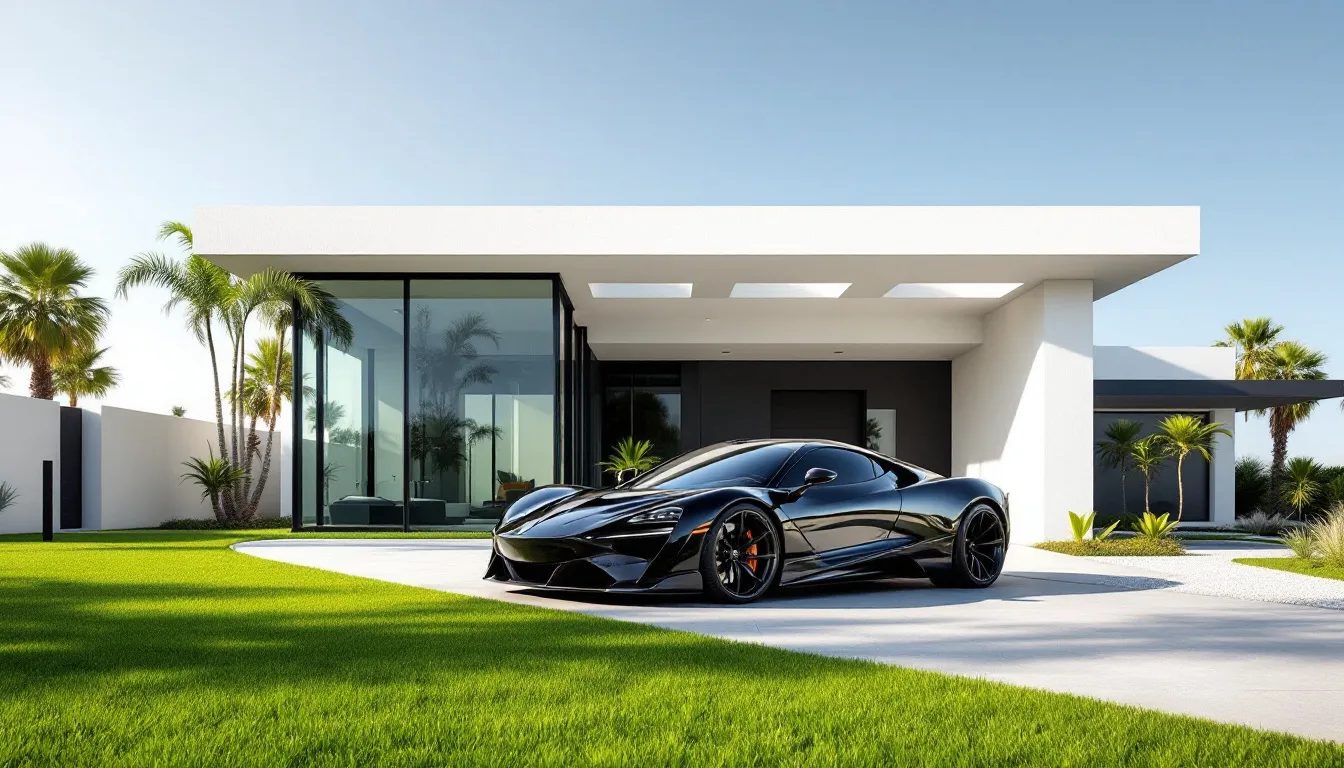
Luxury Buyers Still Active, Middle-Income Buyers Struggle
There is still a big gap between buyers with high incomes and those with middle incomes. High-income buyers keep sales active and homes changing hands in some areas. This is especially true for luxury homes or those in good coastal spots.
Lisa Sturtevant of Bright MLS said:
“In recent months, buyers with more money have been driving home sales… because those buyers feel safer with their money.”
This means:
- Luxury homes still have bidding wars and do not stay on the market long.
- Mid-priced homes are sitting longer because fewer people can afford them.
- First-time buyers, especially, are being kept out of the market.
In the last five years, homes have gone up in value more than 50%, the Case-Shiller Index shows. This has made what used to be starter homes now too expensive for many people.
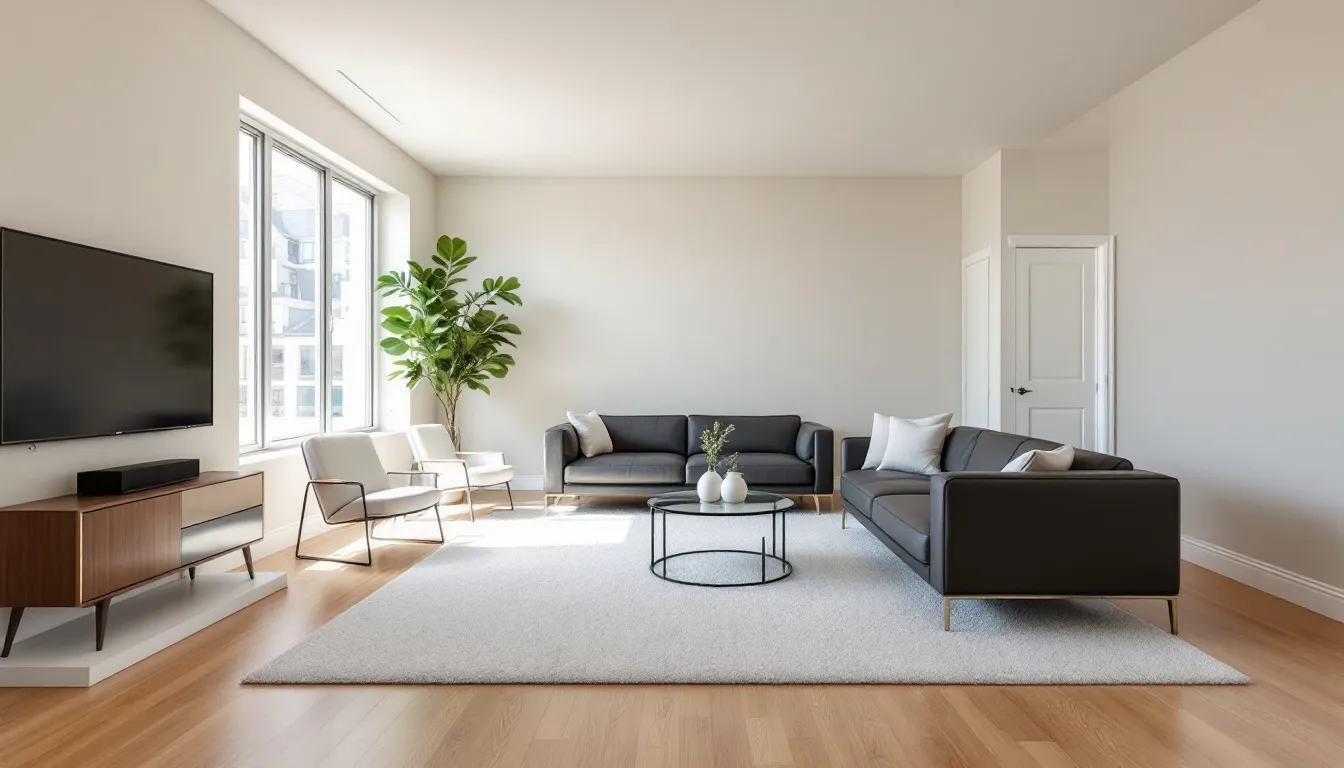
Still Low Inventory Keeps Prices from Falling Fast
Here is a strange thing about today's housing market: prices are mostly staying steady, even though fewer people want to buy. The main reason? The number of homes for sale is still unusually low.
The total number of homes available across the country has not gone back to what it was before the pandemic. Many people who might sell their homes got very low interest rates in 2020–2021. They do not want to trade these for new mortgages over 6%. This "locked-in" effect means fewer people are selling willingly. This keeps the supply of homes low.
Lisa Sturtevant explains:
“As sellers change what they expect for prices, we should see prices keep going down.”
But for now, that change is slow. This is especially true in areas where many people want to buy homes. There, homes still sell quickly if priced well. Unless more homes come up for sale—either new ones being built or a sudden increase in listings—home prices are not likely to drop much.
Builders are also careful. They are building fewer homes than what is needed to truly change how many homes are for sale compared to how many people want them.

What It Means for Buyers in 2025
For people actively buying homes, today's market has good and bad points:
- Lower prices might mean better deals in some cities.
- But ongoing affordability problems limit what buyers can spend in other cities.
- Smart home shopping—looking at location, local market trends, and how flexible sellers are—is now more important than ever.
In markets like Las Vegas, for example, buyers should look at neighborhoods where more new homes are being built. Or they should look where homes have sat unsold for weeks. These are good chances for better terms, price talks, or extra offers from sellers.
Newer local markets, especially those next to popular areas, show high value for buyers who can wait in 2025.

Sellers: Time to Rethink Pricing Plans
Homeowners who want to sell in 20255 need more than a nice-looking house. They need to have real expectations and know the market. Simply put, prices from 2021 no longer work.
Homes that are:
- Ready to move into
- Well-prepared
- Priced to compete
...still sell quite fast. But if you price a home too high, even by a little, it can lead to longer waits and price drops later.
High-end properties stay strong, mainly in markets without many luxury homes for sale. But for mid-range and common homes, setting a price close to the market value is now key.
Sellers might also need to offer things like inspection credits or help with mortgage rates. This will help them go up against offers from builders or other homes for sale.
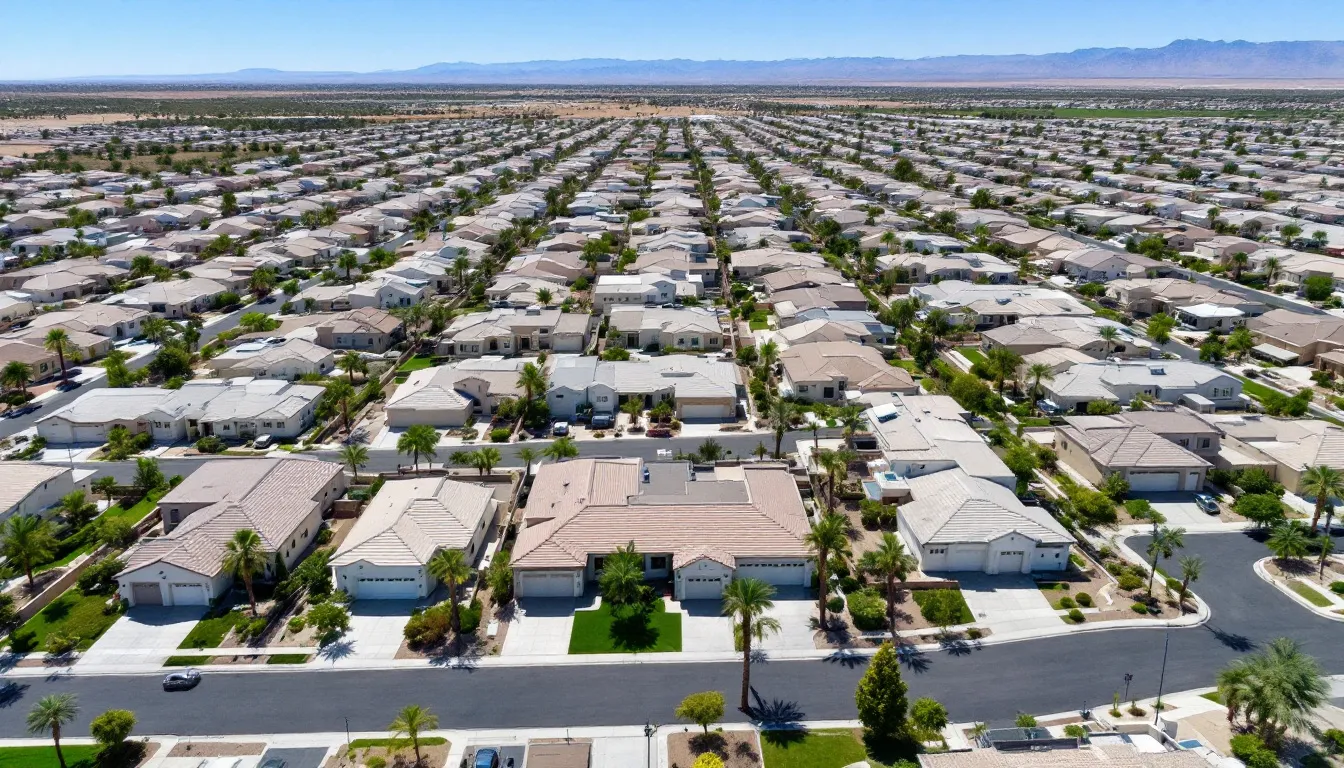
Las Vegas Snapshot: Steve Hawks’ Local Insights
Las Vegas is like a small example of national trends, but with its own local differences. Steve Hawks, an agent with much experience, says:
- The number of homes for sale has gone up a little, but it is still lower than before the pandemic.
- Buyers from other states keep demand strong, even as local homes become less affordable.
- Popular areas like Southern Highlands and Summerlin South give good value. But Henderson sees changing buyer interest.
These local markets show how helpful it is to look at very specific local trends. Even in Las Vegas's many zip codes, some areas struggle while others do well.
Both investors and buyers should watch:
- When new homes will be built
- School area ratings
- Future public works or store projects
This information can help find areas where values might go up soon.

Where Real Estate Investors Should Be Looking
Growth is slowing in coastal and Sun Belt markets. So, investors are changing their plans.
What people like now:
- Midwestern cities like Cleveland and Chicago. They offer better cap rates and a steady economy.
- Smaller Sun Belt cities with neighborhoods that are not valued enough and could grow.
- Newer multi-unit buildings in areas that are improving. These areas are easy to walk in and have better public transport.
In Las Vegas, there is still a need for smart duplex/triplex chances in city areas. Risky buyers are leaving the market. This gives investors who look for value space to make careful moves.
Smart investors are looking at long-term basics: job growth, wage changes, and how many people want to rent. They are not just looking at how much value goes up each month.

What to Watch Heading Into 2026
As 2025 comes to an end, a few things could change the housing market for 2025:
- Interest rate changes: The Fed might cut rates if inflation slows down more. This would make demand pick up again.
- New homes for sale: A jump in homes listed for resale, or a big step forward in new building, could help with low supply.
- How much people can afford: If wages do not grow, buyers will get more tired. This could force prices to drop.
Also, the U.S. election year brings uncertainty. This means buyer trust, investor actions, and rules could all shift. Expect a careful but active year ahead.
It’s a Slowdown, Not a Shutdown
Even with slower growth, the U.S. housing market is steady, not in trouble. We are not seeing a crash; it is quite the opposite. Instead, we are moving to a more lasting middle ground between what buyers want and what the market is truly like.
For buyers: Being exact, patient, and smart with money are now more important than ever.
For sellers: Your pricing plan can make or break how long it takes to sell and how much money you get.
Most important, local situations will decide what happens in the end. Whether you are in New York, Cleveland, Phoenix, or Las Vegas—now is the time to look at your standing.
Want to make a move in Las Vegas? Talk to Steve Hawks for up-to-date information on the best places to buy, sell, or invest today.
Citations
Godec, N. (2024). Statement from S&P Dow Jones Indices. “U.S. home values have mostly stayed flat after inflation… the market saw a small dip and then got better within a year.”
Sturtevant, L. (2024). Chief Economist, Bright MLS. “The Case-Shiller Index shows that home prices have risen more than 50% over the past five years… Prices will keep facing downward pressure only if more homes become available.”

